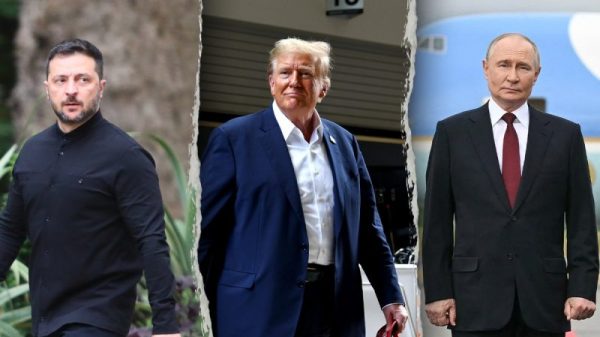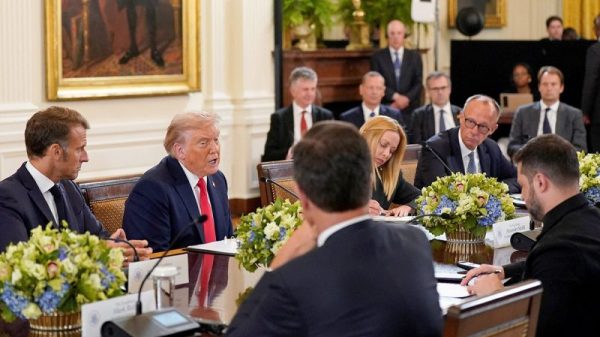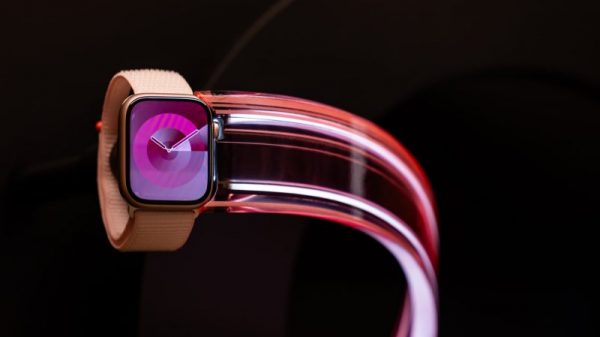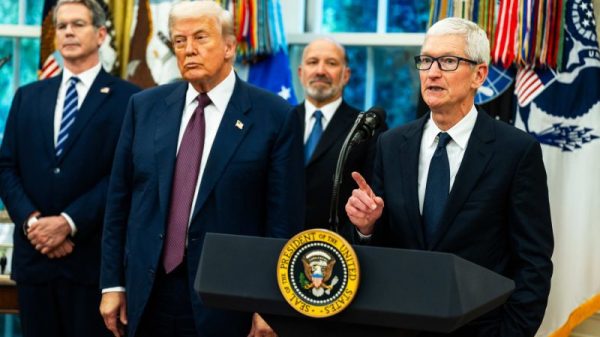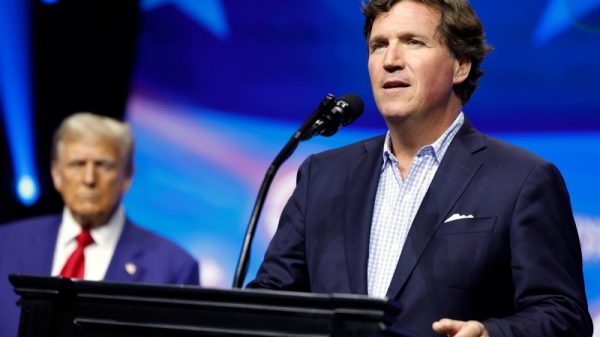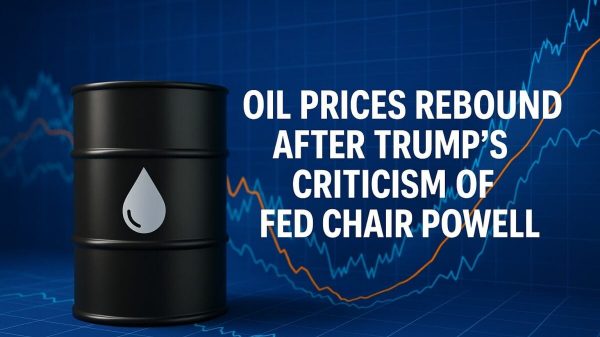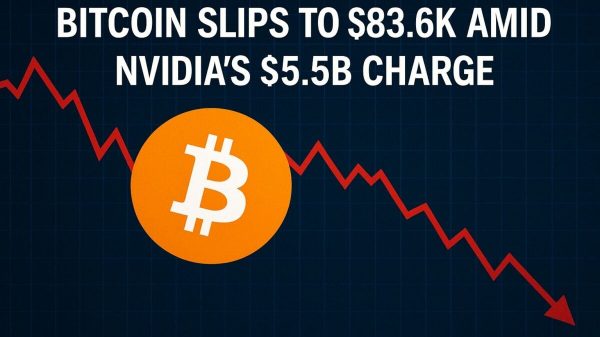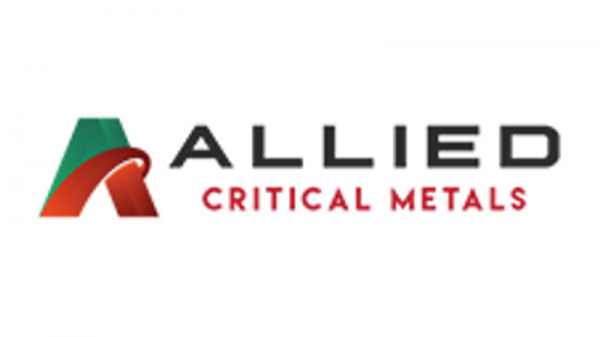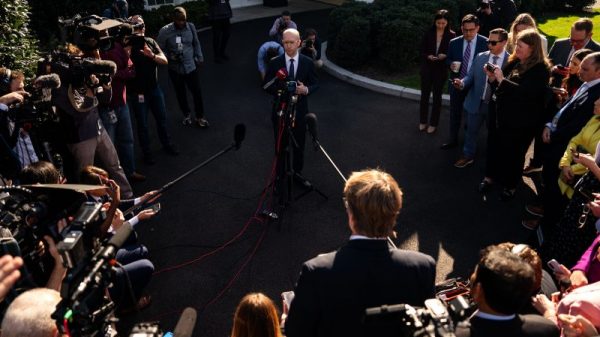

Oversupply and trade concerns were the most impactful factors in the graphite market through the first half of 2025.
China’s control of much of the market also came into focus as the US launched an investigation into the security of numerous supply chains including anodes which are key end use for graphite.
Heading into 2025, the graphite market was expected to see continued divergence between China and ex-China regions. The split was further hampered by a glut in the market.
As such prices for graphite fell by 10-20 percent in 2024, as noted in an International Energy Agency report.
Analysts anticipated domestic Chinese prices to remain low, while US and European benchmarks were forecasted to climb as supply shifts away from China create tighter markets.
While excess inventory and high supply levels were forecasted to keep prices under pressure in the first half of 2025, analysts aren’t ruling out a moderate recovery in the second half as inventories normalize, though competition from synthetic graphite could limit gains.
Graphite prices hit multi-year lows
Caught in the cross hairs of tariff troubles between US and China, graphite prices fell to their lowest levels since 2018, according to Fastmarkets.
In January, The US Department of Commerce officially launched anti-dumping (AD) and countervailing duty (CVD) investigations into imports of active anode material from China, following petitions filed by the American Active Anode Material Producers (AAMP) in mid-December 2024.
These probes stem from concerns that Chinese producers are unfairly undercutting domestic manufacturers through subsidized or dumped pricing.
“The new antidumping and countervailing duty investigation on active anode imports from China demonstrates that the anode production is the most challenging part of the battery supply chain for the US to compete with China,” wrote Fastmarkets Georgi Georgiev in a February report.
He added: “The existing 25 percent tariff has had limited impact on anode imports from China, demonstrating that currently Chinese anode makers remain the cornerstone of global anode supply chains.”
In May, the Department of Commerce issued an affirmative preliminary finding in its countervailing duty probe, identifying subsidy rates as high as 721 percent for some producers, while others faced rates near 6.55 percent.
In the related anti-dumping investigation, a July 17 preliminary determination confirmed dumping, and a provisional 93.5 percent duty was imposed.
If both Commerce and the US International Trade Commission deliver final affirmative decisions, steep duties could be imposed as soon as fall 2025 and remain in place for at least five years.
Supply and demand woes intensify
Despite natural graphite mined supply growing year over year from 2020’s 966,000 metric tons to 1,600,000 metric tons in 2024, concerns abound about future supply.
“Rare earth elements appear to be sufficiently supplied in 2035 based on the project pipeline. However, supply concentration for rare earths and graphite remains a key vulnerability,” a recent IEA report read.
The energy oversight agency expects graphite demand to double between now and 2040, driven by an uptick in eclectic vehicle demand.
To ensure ample supply is available, the IEA recommends broad growth outside of China up and down the supply chain.
“Diversification is the watchword for energy security, but the critical minerals world has moved in the opposite direction in recent years, particularly in refining and processing. Between 2020 and 2024, growth in refined material production was heavily concentrated among the leading suppliers,” it read.
Refining capacity for critical minerals has become increasingly concentrated, with graphite among the most affected. By 2024, the top three refining nations controlled an average of 86 percent of global output for key energy minerals, up from about 82 percent in 2020.
In graphite’s case, China dominates the sector, accounting for nearly all recent supply growth, a trend mirrored by Indonesia in nickel and China again in cobalt and rare earths.Despite China’s stronghold of the market, the IEA sees that weakening over the next decade.
“There is some diversification emerging in the mining of lithium, graphite and rare earth elements. The share of mined lithium supply from the top three producers is set to fall below 70 percent by 2035, down from over 75 percent in 2024,” the IEA states. “ Graphite and rare earth elements also see some improvement as new mining suppliers emerge over the next decade – Madagascar and Mozambique for graphite and Australia for rare earths.”
While mine supply diversification is a positive first step, growth in refinement and processing capacity is unlikely to see the same ex-China growth trends.
The IEA expects refining capacity for critical minerals to remain heavily concentrated well into the next decade, with graphite among the most tightly controlled.
Although some diversification is emerging for lithium and select minerals, China’s dominance shows little sign of waning. By 2035, the country is projected to supply roughly 80 percent of the world’s battery-grade graphite, alongside similar market shares in rare earths, and more than 60 percent of refined lithium and cobalt.
Tariff battle shakes anode supply chain
To counter China’s control the US is moving aggressively to curb reliance on Chinese graphite anodes, which account for more than 95 percent of global anode output.
Since June 2024, tariffs on Chinese synthetic graphite anodes have risen from zero to 160 percent — including the existing 25 percent Section 301 tariff and additional levies. North American producers have petitioned for duties as high as 920 percent.
Chinese producers initially absorbed much of the cost of early tariffs, but analysts expect they will pass more of the recent increases on to buyers.
US automakers and battery makers are bracing for higher costs, with trade data showing that all US graphite anode imports for the EV sector came from China in 2024.
China has responded with its own 84 percent import tariff on US petroleum coke and needle coke. While China has reduced reliance on US supply, it still sources about 30 percent of each from American producers, meaning higher costs for Chinese synthetic graphite and downstream anode products.
“US electric vehicle and battery producers have battled in recent years to keep US imports of graphite anodes from China tariff-free, but their efforts have proved futile over the past nine months and the trade status of graphite anodes has shifted dramatically,” Amy Bennett, principal consultant of metals and mining at Fastmarkets wrote in a May market report.
Fragility of supply
Global demand for battery-grade graphite is projected to surge by 600 percent over the next decade as the energy transition and electric vehicle (EV) adoption accelerate.
Yet, at today’s depressed prices, developing new supply outside China remains economically unviable — a challenge that’s fueling a looming supply crunch.
The US, which mines no natural graphite, was entirely dependent on imports to meet domestic demand in 2024, according to the US Geological Survey, leaving it and other non-China markets in a vulnerable position.
History offers a cautionary precedent: in 2010, rare earth prices spiked tenfold after China restricted exports.
Should a similar disruption hit lithium, nickel or graphite, prices could surge five to ten times, pushing average global battery pack costs up by 20 to 50 percent, the IEA warns.
Such a jump would erode EV affordability, slow adoption and threaten the pace of the clean energy transition.
Securities Disclosure: I, Georgia Williams, hold no direct investment interest in any company mentioned in this article.

